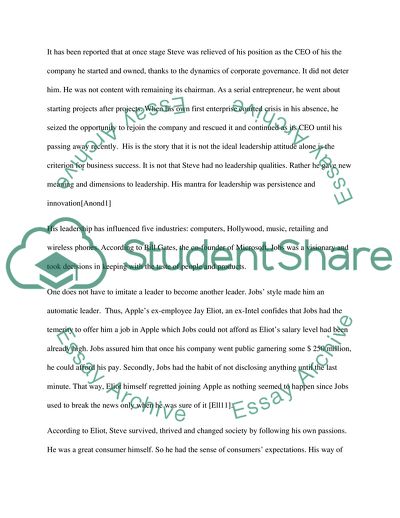Cite this document
(An analysis and evaluation of the financial and business performance Research Paper, n.d.)
An analysis and evaluation of the financial and business performance Research Paper. https://studentshare.org/finance-accounting/1814789-an-analysis-and-evaluation-of-the-financial-and-business-performance-of-apple-inc-between-26-september-2010-and-28-september-2013
An analysis and evaluation of the financial and business performance Research Paper. https://studentshare.org/finance-accounting/1814789-an-analysis-and-evaluation-of-the-financial-and-business-performance-of-apple-inc-between-26-september-2010-and-28-september-2013
(An Analysis and Evaluation of the Financial and Business Performance Research Paper)
An Analysis and Evaluation of the Financial and Business Performance Research Paper. https://studentshare.org/finance-accounting/1814789-an-analysis-and-evaluation-of-the-financial-and-business-performance-of-apple-inc-between-26-september-2010-and-28-september-2013.
An Analysis and Evaluation of the Financial and Business Performance Research Paper. https://studentshare.org/finance-accounting/1814789-an-analysis-and-evaluation-of-the-financial-and-business-performance-of-apple-inc-between-26-september-2010-and-28-september-2013.
“An Analysis and Evaluation of the Financial and Business Performance Research Paper”. https://studentshare.org/finance-accounting/1814789-an-analysis-and-evaluation-of-the-financial-and-business-performance-of-apple-inc-between-26-september-2010-and-28-september-2013.


